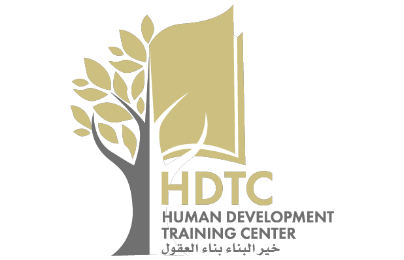
مواجهة جرائم غسل الأموال - Amsterdam 26 October 2025
: 323Introduction:
Money laundering is considered one of the most serious economic crimes, as it gives a legitimate appearance to various illegal activities such as disposing of money, managing it, storing it, exchanging it, investing it, transferring it, or manipulating its value.
These funds usually originate from multiple crimes, including the manufacture and trade of narcotic substances, the illegal trade of jewelry or antiquities, fraud and deception, terrorism-related crimes, prostitution and immorality, bribery and embezzlement of public funds, or any felonies that threaten state security, as well as counterfeiting and forgery of currency and coins.
Course Objectives:
Scientific Themes:
Unit One
- The history of money laundering.
- Video: How is money laundered?
- Study and review of Egyptian law and UAE law.
- Definition and meaning of money laundering.
- Money laundering as an independent crime under UAE legislation.
Unit Two
- The Anti-Money Laundering Law.
- The purpose of the law.
- The elements of the money laundering crime.
Unit Three
- The objectives of money laundering.
- Explanatory video about money laundering.
- The risks of money laundering and terrorism financing.
Unit Four
- Methods of combating money laundering.
- The negative impacts of money laundering activities.
- Special video on money laundering.
- Tools used in money laundering.
- Stages of money laundering.
- Reasons behind the spread of money laundering activities.
- Indicators of money laundering.
Unit Five
- Efforts of Arab countries in combating money laundering.
- Efforts of the UAE in cooperation with international entities.
- The most important international organizations and bodies in this field.
- The Financial Action Task Force (FATF).
- The authorities and powers of the FATF.
- The FATF’s Forty Recommendations on combating money laundering and terrorism financing.
- Practical case study on a money laundering case.
Comprehensive video on money laundering.






